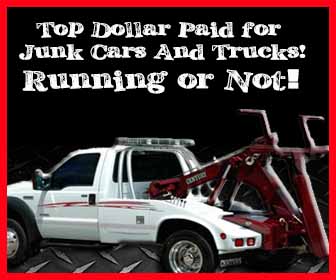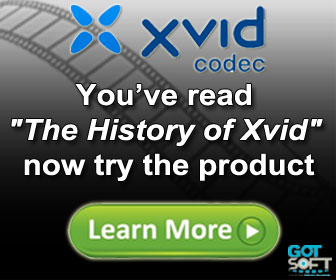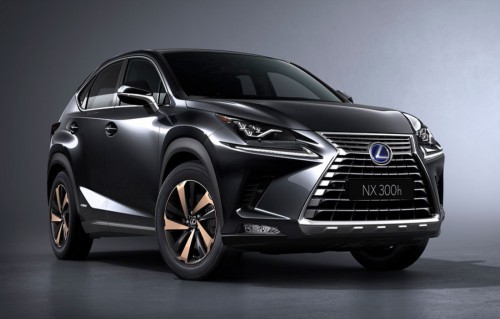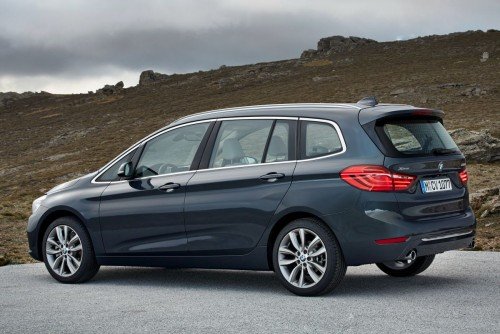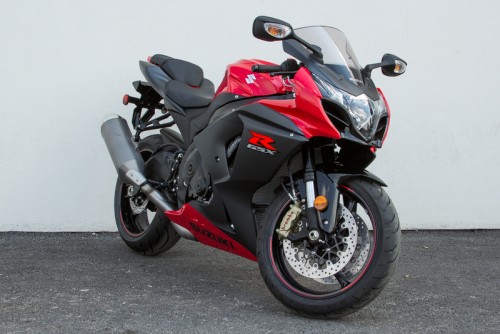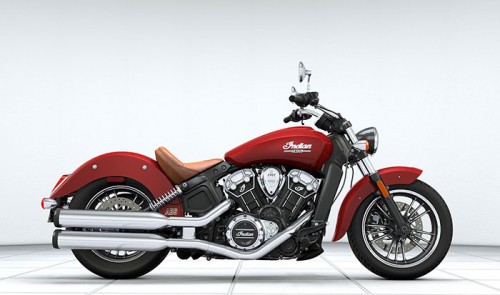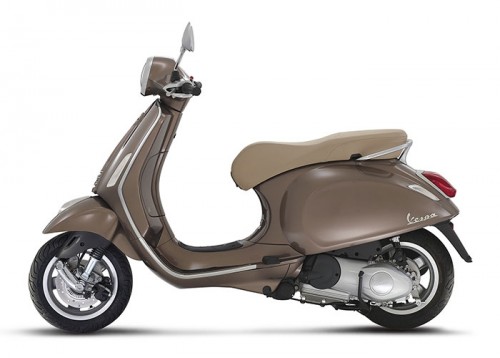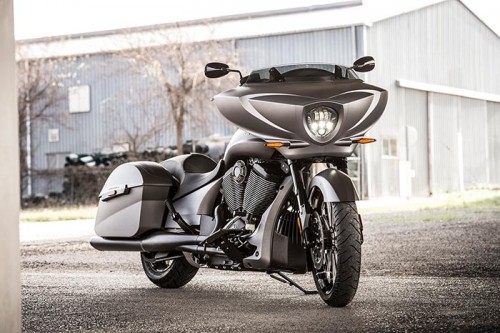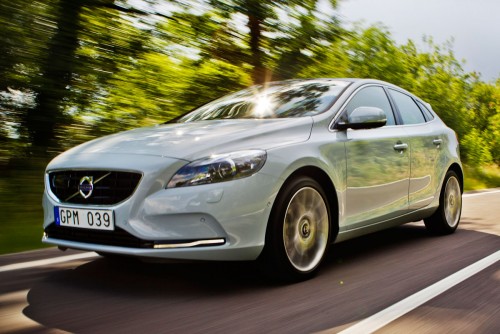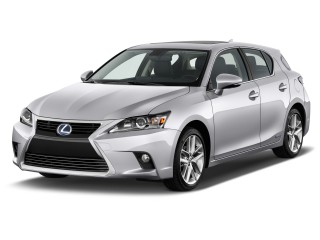About Rover
History
Before cars
The first Rover was a tricycle manufactured by Starley & Sutton Co. of Coventry, England, in 1883. The company was founded by John Kemp Starley and William Sutton in 1878. Starley had previously worked with his uncle, James Starley (father of the cycle trade), who began by manufacturing sewing machines and switched to bicycles in 1869.
In the early 1880s, the cycles available were the relatively dangerous penny-farthings and high-wheel tricycles. J.K. Starley made history in 1885 by producing the Rover Safety Bicycle—a rear-wheel-drive, chain-driven cycle with two similar-sized wheels, making it more stable than the previous high-wheel designs. Cycling Magazine said the Rover had "set the pattern to the world"; the phrase was used in their advertising for many years. Starley's Rover is usually described by historians as the first recognisably modern bicycle.
The words for "bicycle" in Polish (Rower) and Belarusian (Rovar, Ро́вар) are derived from the name of the company. The word ровер is also used in many parts of Western Ukraine.
In 1889, the company became J.K. Starley & Co. Ltd., and in the late 1890s, the Rover Cycle Company Ltd.
Restructure and re-organization
The business was not very successful during the 1920s and did not pay a dividend from 1923 until the mid-1930s. In December 1928 the chairman of Rover advised shareholders that the accumulation of the substantial losses of the 1923–1928 years together with the costs of that year's reorganisation must be recognised by a reduction of 60 per cent in the value of capital of the company.
During 1928 Frank Searle was appointed managing director to supervise recovery. Searle was by training a locomotive engineer with motor industry experience at Daimler and, most recently, had been managing director of Imperial Airways. On his recommendation Spencer Wilks was brought in from Hillman as general manager and appointed to the board in 1929. That year, Searle split Midland Light Car Bodies from Rover in an effort to save moneyand instructed Robert Boyle and Maurice Wilks to design a new small car.
Second World War and gas turbines
In the late 1930s, in anticipation of the potential hostilities that would become the Second World War, the British government started a rearmament programme, and as part of this, "shadow factories" were built. These were paid for by the government but staffed and run by private companies. Two were run by Rover: one, at Acocks Green, Birmingham, started operation in 1937, and a second, larger one, at Solihull, started in 1940. Both were employed making aero engines and airframes. The original main works at Helen Street, Coventry, was severely damaged by bombing in 1940 and 1941 and never regained full production.
Models
Launched under the independent Rover Company pre-merger (1904–67)
- 1904–12 Rover 8
- 1906–10 Rover 6
- 1906–10 Rover 16/20
- 1912–23 Rover 12
- 1919–25 Rover 8
- 1924–27 Rover 9/20
- 1925–27 Rover 14/45
- 1927–32 Rover Light Six
- 1927–47 Rover 10
- 1929–32 Rover 2-Litre
- 1930–34 Rover Meteor 16HP/20HP
- 1931–40 Rover Speed 20
- 1932–33 Rover Pilot/Speed Pilot
- 1932–32 Rover Scarab
- 1934–47 Rover 12
- 1934–47 Rover 14/Speed 14
- 1937–47 Rover 16
- 1947–48 Rover 12 Sports Tourer
- 1948–78 Land Rover (I/II/III)—In 1978, BL established Land Rover Limited as a separate subsidiary; it took over Land Rover production.
- 1948–49 Rover P3 (60/75)
- 1949–64 Rover P4 (60/75/80/90/95/100/105/110)
- 1958–73 Rover P5 (3-Litre/3.5-Litre)
- 1963–76 Rover P6 (2000/2200/3500)
- Launched under the Rover trademark as a British Leyland Motor Corporation (later BL plc) subsidiary (1967–88)[edit]
- 1970–78 Range Rover—In 1978, BL established Land Rover Limited as a separate subsidiary; it took over Range Rover production.
- 1976–86 Rover SD1 (2000/2300/2400/2600/3500/Vitesse)
- 1983–85 Rover Quintent—Australian market
- 1984–89 Rover 200-Series (SD3)
- 1985–89 Rover 416i—Australian market
- 1986–98 Rover 800-series & Sterling
- Launched by the Rover Group/MG Rover as a British Aerospace/BMW subsidiary (1988–2005)[edit]
- 1989–95 Rover 200/400-Series (R8)
- 1993–98 Rover 600-Series
- 1994-01 Range Rover Mk.2 (P38A)
- 1995-05 Rover 200/25 (R3)
- 1995-05 Rover 400/45 (HH-R)
- 1998-04 Land Rover Freelander
- 1998-05 Rover 75
See also
- Austin Rover Group
- Rover Group
- MG Rover Group
- Nanjing Automobile Group




 Home
Home






